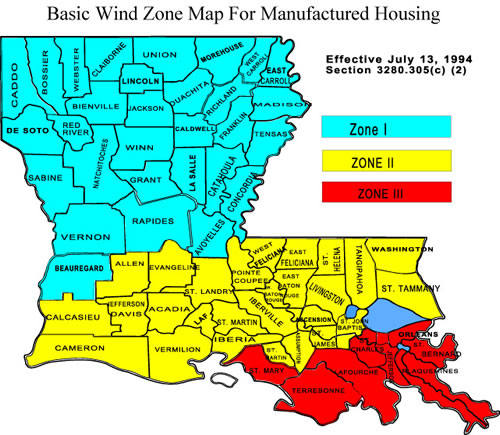

While carports and awnings blew to smithereens and some building siding and roof shingles were lost, fewer homes in Key Largo Florida, about ten percent, suffered significant roof damage.

The New York Times reporters noted that increased building standards put in place in Florida after Hurricane Andrew (August 1992) and mobile homes built to those new standards meant that homes had a significantly improved survival rate.

Treaster, Joseph B., Henry Fountain, "Stricter Regulations, and Depleted Storm, May Have Helped Save Mobile Homes", The New York Times, 15 September 2017 p. toughened construction and installation regulations for mobile homes. Turnbuckles, chains and tensioning devices.ĭevice secured in the ground (Screw or other)Īfter the very extensive damage and flooding caused by Hurricane Irma in Florida in 2017, the New York Times reported that a number of Florida mobile homes had survived the Category 4 hurricane, most likely due to both the rapid decline in the storm's strength as it moved across the state butĪlso due to ". Anchoring Equipment: combination of straps, cables,.Anchoring System: system to resist overturning.Support System: combination of footings,.Stabilizing Devices: all components of the anchoring & support systems.Source: HUD TIE DOWN REQUIREMENTS for MOBILE HOMES retrieved 4, original source: Definitions of Tie-Downs or Stabilizing Systems for Manufactured / Mobile HOmes Not all mobile home tie-downs connect the pier or frame to earth-set anchors.įor certain homes, as we will explain here, the strapping or anchoring system may instead have to extend over the home's roof and then connect to anchors on each side of the home rather than connecting between the home's floor frame and anchors. Other under-home tie down designs are illustrated below. You will see that the tie down in this installation connects between the top of the pier under the mobile home, through a cable-strap and to a pair of anchors to secure the tie-down system.

Adding to HUD's confusing terminology the same illustration shows a second anchor installed diagonally. Mobile home, trailer, singlewide, or doublewide stabilizing systems are required to prevent these homes from being flipped over or simply blown away during hurricanes and other severe storms.Ī stabilizing system consists of strapping that secures the mobile home's frame to anchors set into the ground as shown in this HUD illustration of a diagonal tie-down using a vertical anchor. Tie Downs & Stabilizing Systems for Mobile Homes We also provide an ARTICLE INDEX for this topic, or you can try the page top or bottom SEARCH BOX as a quick way to find information you need. We include HUD Specifications for wind zone data, design loads, roof loads & tie-down specifications to protect manufactured homes and mobile homes or trailers in high wind areas. Here we describe defects commonly found in the stabilizing systems, cables, & tie downs for wind & storm damage resistance of mobile homes, doublewides, multiwides, trailers, risking lack of resistance to wind or storm damage. Mobile home stabilizing systems & tie down requirements for doublewides, mobile homes, multiwides, & trailer. We have no relationship with advertisers, products, or services discussed at this website. InspectAPedia tolerates no conflicts of interest.


 0 kommentar(er)
0 kommentar(er)
